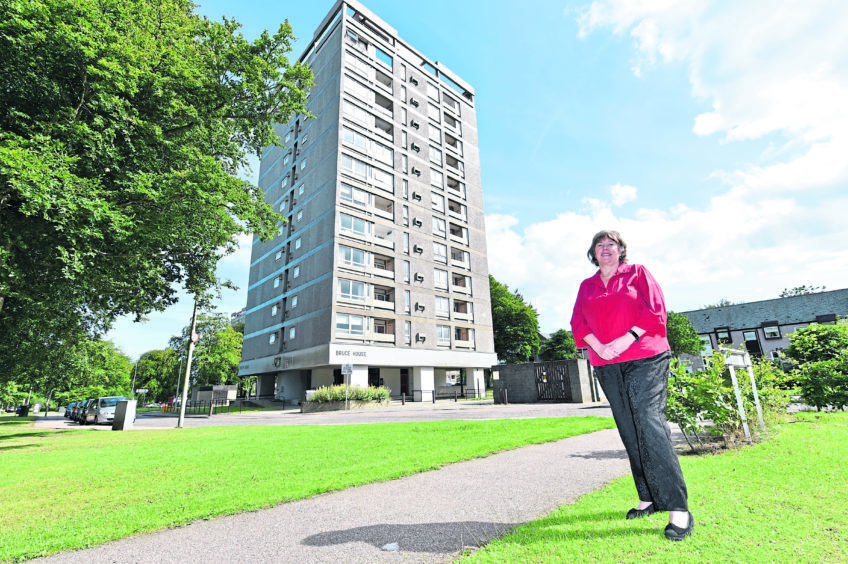Councils across Scotland have been urged to bring long-term empty homes back into use to cope with a coronavirus downturn in housebuilding.
Construction work is continuing to recover after collapsing in the early days of the pandemic.
The Scottish Empty Homes Partnership (SEHP) has raised concerns the lockdown could mean the industry will fall short of the 50,000 affordable homes target for the year.
Yesterday the agency, which is funded by the Scottish Government and Shelter Scotland, called for work to be done to bring long-term empty properties back into use to make up for the shortfall.
Figures are due to be published by Holyrood tomorrow showing an increase in the 40,000 homes that have been vacant for more than six months.
SEHP national project manager Shaheena Din said: “Bringing empty homes back into use can provide a vital income stream to businesses and the local economy.
“Scottish Government figures show that every £1 spent on renovating property in Scotland generates £1.60 for the economy.
“This is because someone repairing or renovating an empty home are likely to be hiring local builders and purchasing materials from local suppliers. This money is then further invested in the local economy.”
SEHP estimates that the average cost of bringing an empty property back to a habitable state is between £6,000 and £12,000 – up to 10 times lower than building a new home.
Moray Council figures estimate that housebuilding is expected to more than half in the region to just 186 completions from 414 in 2019.
However, Elgin-based housebuilding Springfield Properties has reported interest from buyers continues to remain strong.
Site closures during lockdown with staff being placed on furlough have been reported as reasons for the decline in the industry.
Figures published this year showed the number of empty properties in Aberdeen nearly tripled from 709 in 2015 to 1,919 in 2019.
Sandra Macdonald, Aberdeen City Council’s housing spokeswoman, said: “Covid and the economic downturn has undoubtedly had an impact on the number of empty homes.
“An issue this year has also been that students haven’t been here in the same numbers, so it does depend on a number of factors.
“We have a dedicated empty homes officer who runs a matchmaking scheme to match owners with potential tenants.
“It’s an area we are very pleased with, but there’s obviously more to be done, and there are a lot of circumstances to take into account.”

